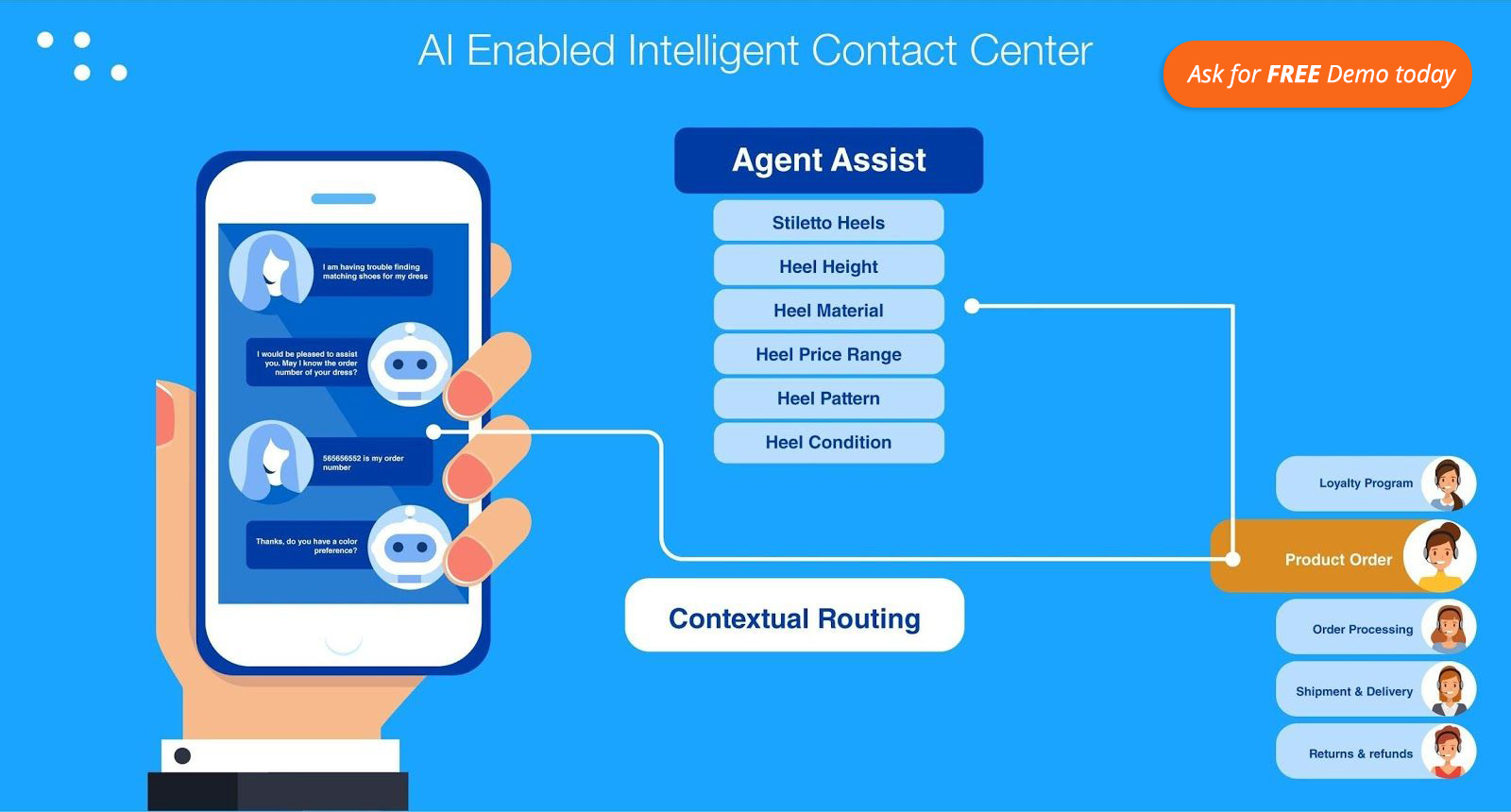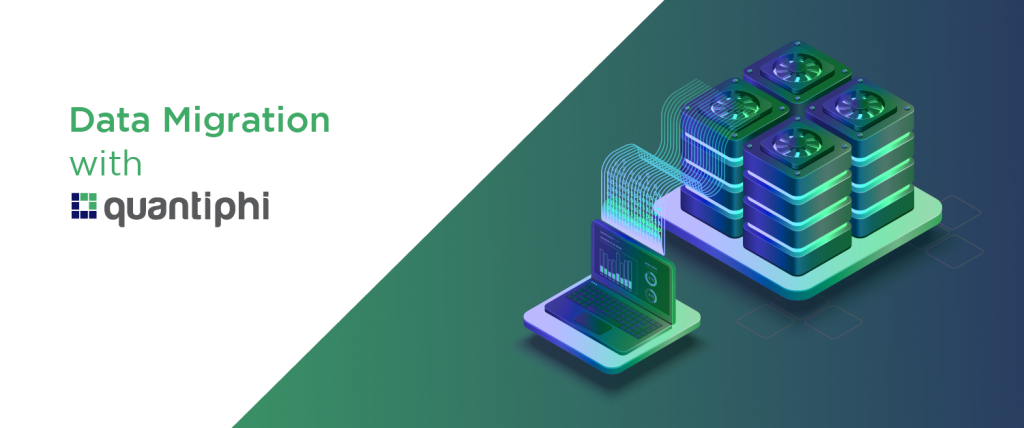Migrate virtual agents from Dialogflow ES to Dialogflow CX
The Qonversational AI practice team at Quantiphi works on building the best conversational experience for an array of industries and business use cases. We leverage Google Cloud Contact Center AI (CCAI) and Dialogflow's capabilities to deliver innovative and industry-leading solutions to our customers.
The advent of Dialogflow CX
Google’s Dialogflow has released a new edition called Dialogflow CX, which aims to facilitate the development of advanced agents with the most innovative capabilities for large and complex use cases.
Dialogflow CX provides conversation flow controls in a more explicit and structured way. CX follows a graphical structure that allows the designing of complex conversation flows. Hence, it is only a matter of time that Google Cloud CCAI customers start switching to a more advanced, developer-friendly solution.
You can read more about the differences between the two editions on the official Google Cloud page.
Demand for migration from Dialogflow ES to CX is growing
Due to the added benefits of Dialogflow CX, organizations are looking to migrate their existing Dialogflow ES Agents to Dialogflow CX. However, migrations are difficult and may get complicated if not managed properly. We worked to simplify the process for our internal teams as well as for our customers to be able to migrate from Dialogflow ES to Dialogflow CX.
Let’s say an organization wants to enhance its customer support experience using Dialogflow CX, but they also want to retain the existing flows built using Dialogflow ES. In this scenario, they would need to follow a long process involving:
- Upskilling engineers to gain a good understanding of Dialogflow CX concepts
- Setting up a CX agent with required settings
- Conversation architect to build out the high-level conversation design
- Conversation Bot Engineers need to iterate over flows and manually migrate the required data from Dialogflow ES to Dialogflow CX
- Building the end-to-end conversation flow
There was an opportunity for us to build a new pipeline, automate the migration process, and enable our engineers to move faster. Hence, we worked towards the goal with an intent to:
- Make it easy and beginner-friendly for anyone who is new to CX and its concepts
- Easily migrate as much as possible of the existing conversation flows from ES to CX
- Reduce the time required for rebuilding the conversation flows in CX
How we built it
We researched and explored Dialogflow CX and began working towards building a simple prototype to evaluate the possibilities and scenarios that could be handled. As we progressed, we identified core challenges that needed to be resolved and then worked on breaking them down into subproblems. We iterated over the subproblems, such as identifying the connectivity in the conversation flow, tagging the entities, categorizing the data into the format of pages, flows and so on - by taking an experimentative approach to solving them. We followed a bottom-up strategy to build and test the smaller problems first and then used them to solve the bigger problems.
The tool is able to automate a large chunk of the migration work and we are continuing to enhance it. The solution currently has the following capabilities:
- Identify and maintain the flow connectivity during the migration
- Identify and build the pages and flows from the intents
- Identify the transitions between pages and flows
- Migrate data like training phrases, entities, parameters, slot filling.
- Handle entity tagging at required places
- Enable and tag webhook at required places
- Handle slot filling and parameters
- Migrate the responses like text and payload
- Migrate and place custom events


A quick recap
We are continuously working to improve and enhance the productivity of our team and delivering the best Conversational AI experience. We are iterating to optimize and handle as many scenarios as possible. We have yet to determine how much of the migration can be automated and we will share with the wider community when we get to that point. To summarize, the solution can benefit organizations in the following ways:
- Single click migration solution
- Reduce the time to migrate to Dialogflow CX significantly
- No prior knowledge of CX required to migrate the agent
- Reduced user time and efforts for migration
For more information, please contact us at Quantiphi.
Contribution by: Foram Vithalani - Technical Architect, Qonversational AI Team







